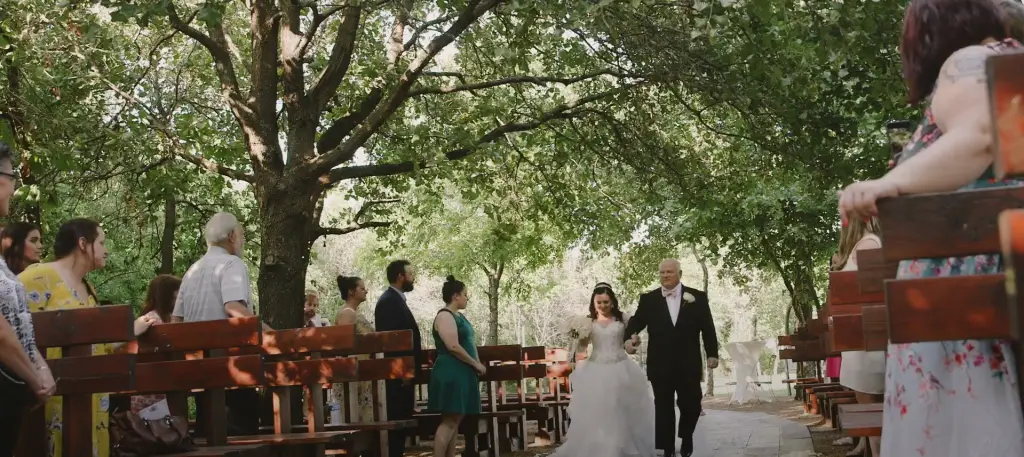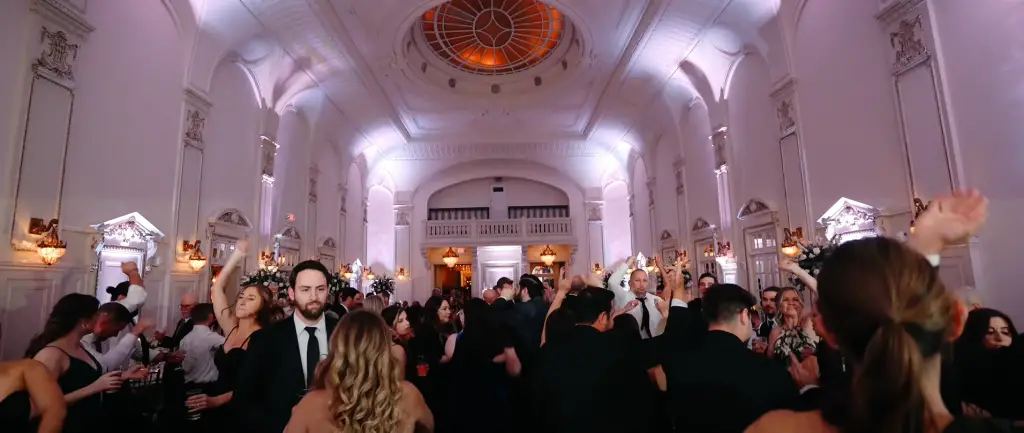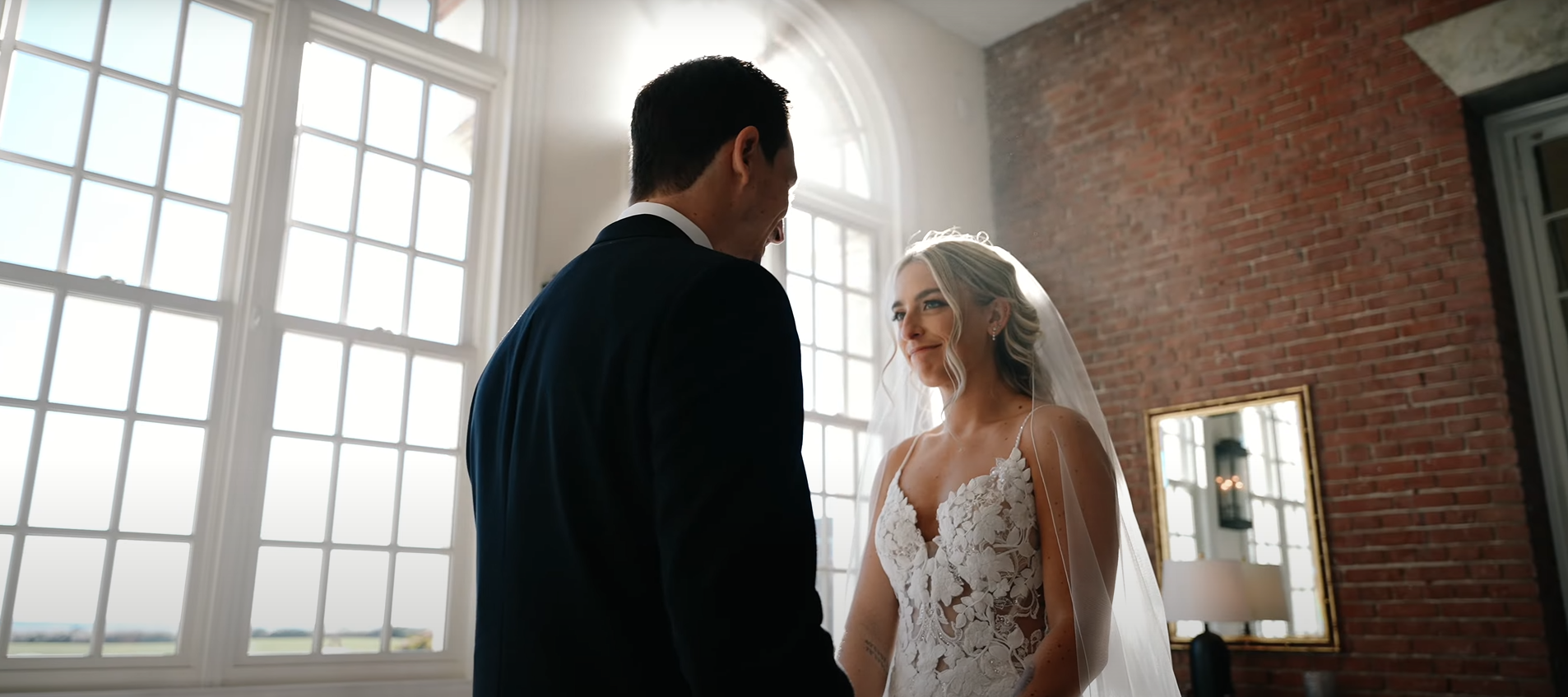The Case for an Unplugged Ceremony
Picture walking down the aisle and locking eyes with the love of your life—only to find a wall of smartphones glowing back at you. An unplugged ceremony asks guests to set their devices aside so everyone can soak in the moment without distractions.
Photographers praise the practice because it eliminates rogue tablets in the aisle and strangers’ flashes ruining a once‑in‑a‑lifetime shot, while couples say it makes the exchange of vows feel more intimate and heartfelt.
A decade of advice from wedding pros backs up the idea: when phones are out of sight, the emotion in the room rises noticeably.
Why Going Phone‑Free Is Trending
Recent data from planning platform Zola indicates that about three‑quarters of engaged couples now request some version of an unplugged ceremony, a figure that has climbed steadily in the past five years.
According to a recent report from wedding planning and registry platform Zola, 75% of couples are planning to have an "unplugged" wedding this year – meaning guests will be asked to refrain from using their phones during the ceremony.
How do YOU feel about unplugged weddings? pic.twitter.com/KRLpiw81fK
— Breakfast Television (@breakfasttv) May 23, 2024
Younger pairs in particular point to older relatives’ habit of standing for photos—and accidentally blocking the pro photographer—as a prime motivator.
Start the Conversation Early
The gentlest way to enforce an unplugged policy is to weave the request into every communication from the very beginning. Include a short line on your save‑the‑date cards, reinforce it on the wedding website, and place a friendly note in the printed program.
For wording inspiration, browse examples collected by The Knot to find a tone that matches your vibe—whether playful or formal. By the time invitations arrive, guests will have seen the message at least twice, which removes any element of surprise.
Signage That Speaks Softly
Beautiful signage at the entrance of the ceremony space acts as a final, visual reminder. Acrylic sheets with white calligraphy or reclaimed wood boards with script lettering blend seamlessly into most décor styles.
Ready‑made options from artisan shops like Lily & Roe Co. can be customized in minutes and shipped worldwide.
Put the trust in your photographer and videographer with an unplugged ceremony! Make sure all friends and family are living in the moment and putting their personal devices away.
Pic creds: TRANASHOP pic.twitter.com/U96dC4P1im
— Wedding411 On Demand, LLC (@Wedding_411) May 2, 2025
Position the sign where guests naturally pause—just before the aisle or beside the guest‑book station—so they absorb the message without feeling policed.
Short phrases such as “Kindly put your cameras and phones away until we’re officially wed” get the point across in under ten seconds.
Let the Officiant Seal the Deal
Even with advance notice, a warm verbal reminder moments before the processional is invaluable.
Ask your officiant to include a two‑sentence announcement after everyone is seated: one sentence to thank guests for being present, and a second to invite them to tuck devices away until the recessional.
Because the officiant’s voice carries authority, the directive rarely feels awkward; instead, it frames the policy as part of the ceremony’s intentional design.
Etiquette columnist Lizzie Post notes that having a neutral third party deliver the request removes social pressure from the couple and keeps the tone gracious.
Offer a “Media Minute” for Keepsake Shots
Some couples worry that banning phones means friends will leave without a single personal snapshot.
A clever compromise—popularized on planning forums such as r/weddingplanning—is the “media minute.”

After the officiant pronounces you married, pause halfway down the aisle, turn to face your guests, and invite them to whip out their phones for sixty seconds of rapid‑fire photos before tucking devices away again for the rest of the service or formal portraits.
Guests feel included, photographers still get clean ceremony images, and the atmosphere quickly returns to phone‑free bliss.
Coordinate Closely With Your Photographer
Professional shooters love unplugged ceremonies because they can move freely without dodging elbows holding phones.
Share your policy with the photography team early so they can plan wide‑angle aisle shots or stealthy side angles that highlight the sea of attentive faces instead of screens.
Many studios recommend adding one or two film cameras on a table with an attendant to satisfy shutter‑happy guests without risking digital distractions.
Handling Pushback Gracefully
Inevitably, one guest may balk—often someone who feels compelled to livestream for relatives who couldn’t attend.
Meet the concern with empathy and a solution: offer a professional livestream link for distant family, or designate a trusted friend to capture a short vertical video once rings are exchanged.
Emphasize that everyone will receive a gallery of high‑resolution images soon after the wedding. Couples who explain the why behind the rule—more connection, better photos, fewer obstructions—tend to win even skeptical relatives over.
Tech‑Free Doesn’t Mean Memories Lost
Going unplugged does not erase the digital narrative of your day; it simply delays it by a few hours.

When the ceremony ends, encourage guests to snap away at cocktail hour and tag your shared hashtag on Instagram. Some planners display a small frame near the bar reading, “Phones welcome again—please share using #RoseAndRay2025.”
This gentle transition keeps the ceremony sacred while still generating social buzz later in the evening.
Looking Back, Moving Forward
An unplugged ceremony is not about banning technology; it is about elevating presence. By communicating early, providing tasteful reminders, and giving guests a brief window for personal snaps, you strike a balance between twenty‑first‑century sharing and the timeless gravity of “I do.”
When your photographer delivers a gallery free of glowing screens and outstretched arms, you—and your guests—will be glad that the only devices on display were the rings shining on your fingers.

